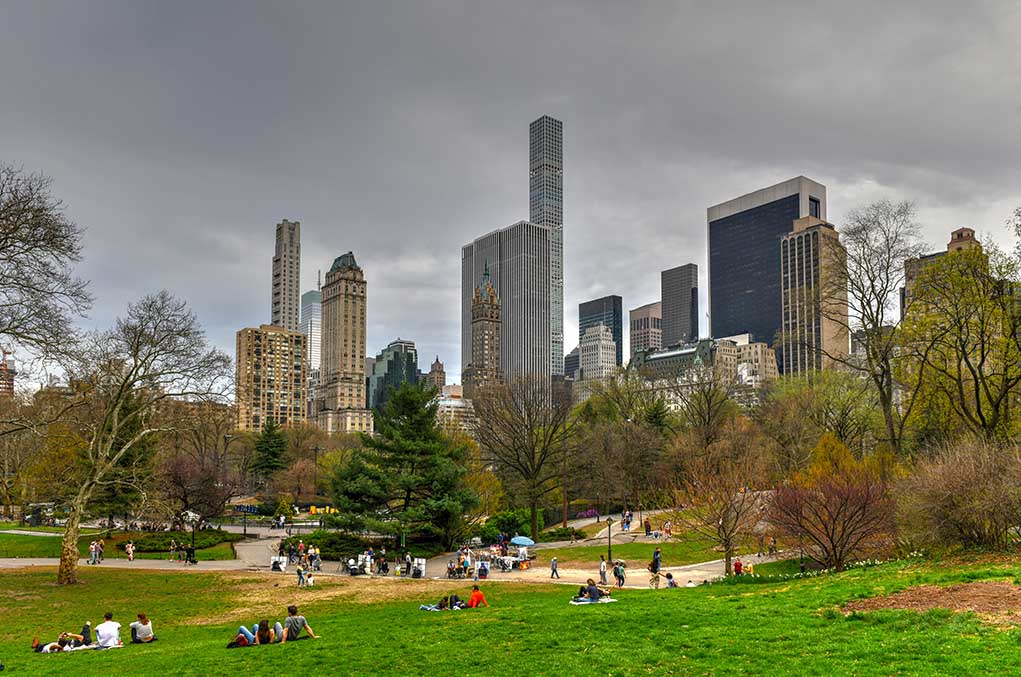
Hawaii’s new “Green Fee” will force tourists to pay for climate change while locals dodge the bill, revealing yet another scheme to extract money from visitors under the guise of environmental protection.
Key Takeaways
- Hawaii is implementing a “Green Fee” that increases the tourist accommodation tax by 0.75% to a total of 11%, effective January 1, 2026
- For the first time, cruise ships will also be taxed at 11% beginning July 2026, prorated for days spent in Hawaiian ports
- The initiative aims to generate $100 million annually for climate change resiliency and environmental projects
- The tax was partly motivated by the 2023 Maui wildfires and places the financial burden on tourists rather than residents
Another Tax on Tourism Disguised as Environmental Protection
Hawaii has devised a new way to make tourists pay more while claiming it’s for the greater good. Governor Josh Green recently signed legislation implementing a “Green Fee” that will increase the state’s transient accommodations tax (TAT) by 0.75%, bringing the total to 11% on nightly lodging rates starting January 1, 2026. This additional tax burden won’t fall on Hawaiian residents but will instead target the millions of tourists who visit the islands each year. The tax applies to hotels, vacation rentals, and for the first time, cruise ships, which will face an 11% tax on their bills beginning in July 2026, prorated for days spent in Hawaiian ports.
The justification for this new tax? Climate change, of course. State officials claim the fee will generate approximately $100 million annually for environmental stewardship, climate resiliency, and sustainable tourism projects. While the tax is being marketed as a way to address legitimate concerns about environmental protection, it’s essentially forcing tourists to foot the bill for infrastructure and disaster preparedness that should be funded through more traditional means. This approach ensures that Hawaiian residents won’t have to pay for these initiatives directly, instead passing the cost to visitors who already contribute billions to the local economy.
Using the Maui Wildfires as a Pretext
The Green Fee legislation didn’t materialize out of thin air—it was strategically introduced in the aftermath of the devastating 2023 Maui wildfires. These tragic events have become a convenient pretext for implementing a new tax that places the financial burden squarely on tourists. Governor Green hasn’t been shy about connecting the tax to the wildfires, explicitly stating it will fund climate change mitigation efforts such as building firebreaks and hiring a fire marshal. While these are worthy goals, it’s questionable whether tourists should be solely responsible for funding basic safety infrastructure that benefits the entire state.
“We need these dollars to help replenish our beaches, build firebreaks and more. The mitigation efforts it will fund will have a stabilizing effect on the insurance market after the Maui wildfires, and it will generate $100 million for us every year,” said Josh Green, Hawaii Governor.
This approach to funding essential infrastructure reveals a concerning trend in progressive governance—shifting costs from voters to visitors who can’t vote against these policies. The formation of a “Climate Advisory Team” (CAT) to develop climate disaster policy recommendations further demonstrates how the environmental bureaucracy continues to expand. Rather than addressing these issues through prudent fiscal management of existing tax revenues, Hawaii’s leadership has opted to create yet another specialized tax that further complicates the state’s already Byzantine tax code.
Part of a Global Tax Trend
Hawaii’s new tourist tax is part of a concerning global trend where leftist governments are increasingly implementing specialized taxes under the guise of addressing environmental issues or overtourism. Similar measures have been adopted in Greece, Bali, and the Galápagos Islands. This pattern of taxation targets tourists who have no political representation in the jurisdictions they visit, making them easy sources of revenue for governments unwilling to ask their own citizens to pay for programs directly. It’s a politically expedient way to fund government initiatives without facing electoral consequences from local voters.
“As an island chain, Hawaii cannot wait for the next disaster to hit before taking action. We must build resiliency now, and the Green Fee will provide the necessary financing to ensure resources are available for our futures,” said Governor Josh Green.
While Governor Green frames the tax as an investment in Hawaii’s future through “regenerative tourism,” the reality is that tourists already contribute substantially to Hawaii’s economy through existing taxes and spending. Tourism is crucial to both Hawaii’s economy and the broader U.S. economy, contributing $2.36 trillion to the national GDP in 2023. Adding yet another tax burden risks dampening tourism interest in an already expensive destination, potentially hurting the very industry that sustains the state. The effectiveness of such tourist taxes remains highly debatable, with outcomes varying widely depending on implementation and local economic conditions.

















